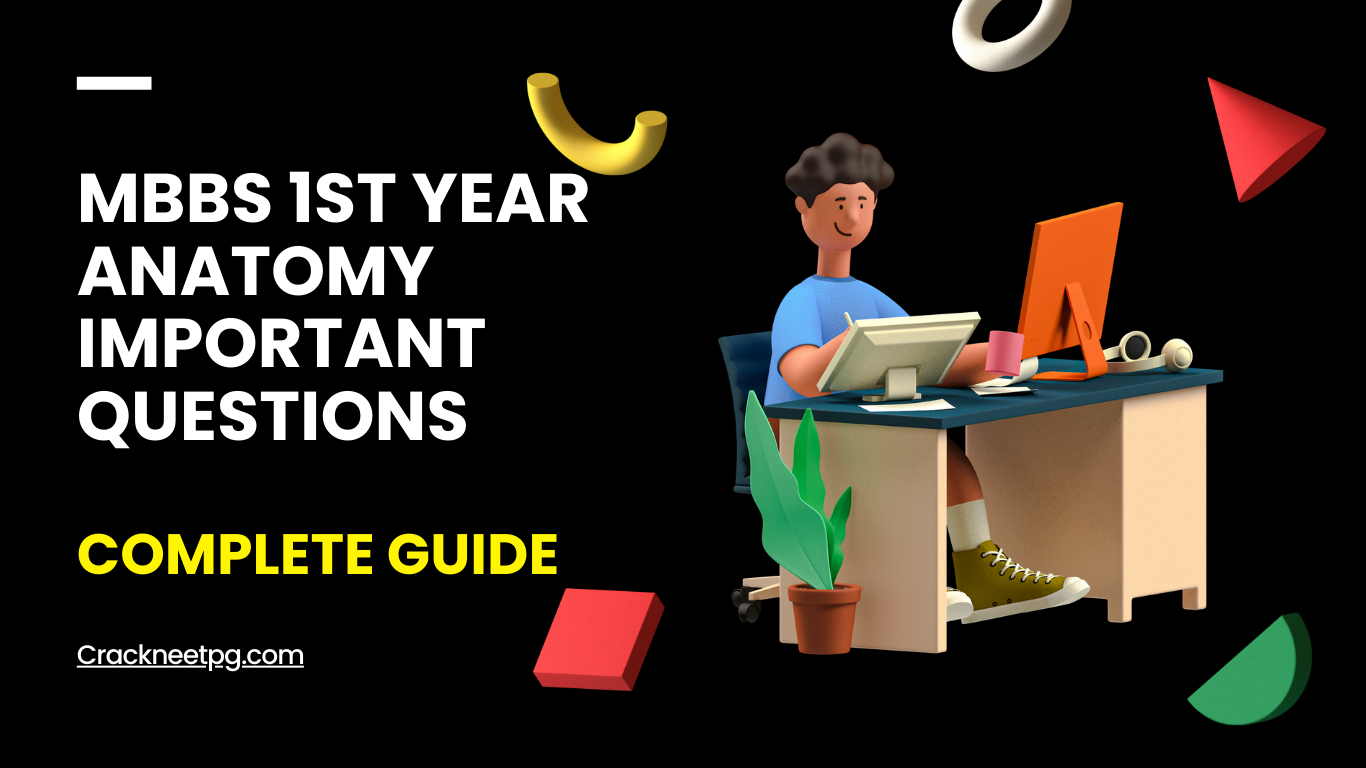Forensic Medicine and Toxicology (FMT) viva questions cover a wide range of topics, from basics to complex scenarios. This guide lists important FMT viva questions, chapter-by-chapter, for MBBS students preparing for exams.
1. Introduction to Forensic Medicine
- Define Forensic Medicine and its scope.
- Explain the role of a forensic pathologist.
- Differentiate between Medical Jurisprudence and Forensic Medicine.
- Describe how legal aspects and ethics intersect in medical practice.
2. Legal Procedures and Court Evidence
- What is a medical witness, and what are their duties?
- Explain different types of witnesses and depositions.
- Differentiate between direct and circumstantial evidence.
- What is a dying declaration, and when is it admissible?
- Describe inquest and the types of inquests conducted in India.
3. Identification
- Explain the importance of identification in forensic medicine.
- Discuss methods for age estimation from bones and teeth.
- What are the characteristics used to identify race, gender, and stature?
- Describe the Gustafson’s method of age estimation.
- Explain forensic odontology and its applications.
4. Medicolegal Autopsy
- What are the objectives of a medicolegal autopsy?
- Differentiate between clinical and medicolegal autopsy.
- What is the importance of ‘Chain of Custody’ in autopsy findings?
- Describe the procedure for opening body cavities during an autopsy.
- Discuss how toxicology samples are collected during an autopsy.
5. Death and Its Medico-Legal Aspects
- Define somatic and molecular death.
- What is rigor mortis, and what are its medicolegal implications?
- Differentiate between antemortem and postmortem wounds.
- Describe signs of death including livor mortis, algor mortis, and rigor mortis.
- What are putrefaction and adipocere formation, and how do they help estimate the time of death?
6. Mechanical Injuries
- Classify injuries as per medicolegal aspects.
- Differentiate between abrasions, contusions, and lacerations.
- Describe characteristics of homicidal, suicidal, and accidental wounds.
- Discuss blunt force trauma and its common types.
- Explain the medicolegal significance of patterned injuries.
7. Asphyxial Deaths
- Define asphyxia and explain its types.
- What are the signs of death by hanging?
- Differentiate between strangulation and throttling.
- Describe the classical findings in drowning cases.
- Explain smothering and choking and their identification in an autopsy.
8. Thermal Injuries
- Differentiate between burns and scalds.
- Describe the degrees of burns and their characteristics.
- What are the signs of antemortem and postmortem burns?
- Explain heat stroke, heat exhaustion, and hypothermia.
- Discuss electrical injuries and their medicolegal significance.
9. Starvation and Neglect
- What are the physical signs of starvation?
- Describe the stages of starvation and their physiological effects.
- What is cachexia, and how does it present in neglected cases?
- Explain the medicolegal implications of child neglect and elder abuse.
- Describe forensic findings associated with dehydration.
10. Sexual Offences
- Define rape, molestation, and sexual harassment.
- Describe the examination procedure for a victim of sexual assault.
- What is the importance of evidence preservation in sexual offense cases?
- Explain the medico-legal importance of hymenal tears and injuries in rape cases.
- Discuss the concept of consent in sexual offenses.
11. Infanticide, Child Abuse, and Abortion
- Define infanticide and the age criteria for it.
- What are the signs of live birth in neonates?
- Describe battered baby syndrome.
- Explain medicolegal aspects of abortion and related laws in India.
- What are the signs indicating child abuse?
12. Toxicology
- Define poison and explain the general approach to poisoning cases.
- Classify poisons and give examples for each category.
- Describe symptoms and treatment of common poisons (e.g., cyanide, organophosphates).
- What is the forensic importance of alcohol and narcotic poisoning?
- Explain the medico-legal implications of chronic poisoning.
13. Forensic Psychiatry
- What is insanity, and how is it defined legally?
- Differentiate between true insanity and feigned insanity.
- Explain McNaughten’s rule and its importance in law.
- What is automatism, and how does it affect criminal responsibility?
- Describe types of mental illnesses with forensic relevance (e.g., schizophrenia, bipolar disorder).
14. Ballistics
- Explain internal, external, and terminal ballistics.
- Differentiate between entry and exit wounds.
- Describe close-range, distant, and contact gunshot wounds.
- What are the features of shotgun and rifle injuries?
- Explain the role of forensic ballistics in crime investigations.
15. Toxicology of Drugs and Alcohol
- What are the legal limits of alcohol in blood?
- Explain the symptoms and signs of alcohol intoxication.
- Describe the effects of opioids and their medicolegal importance.
- Discuss withdrawal symptoms and toxicity of common drugs like cannabis and cocaine.
- Explain the medico-legal significance of drug dependence and addiction.
Conclusion
These questions test understanding, application, and implications in FMT cases and examinations. Students should be thorough with the theoretical aspects and able to apply their knowledge practically.



